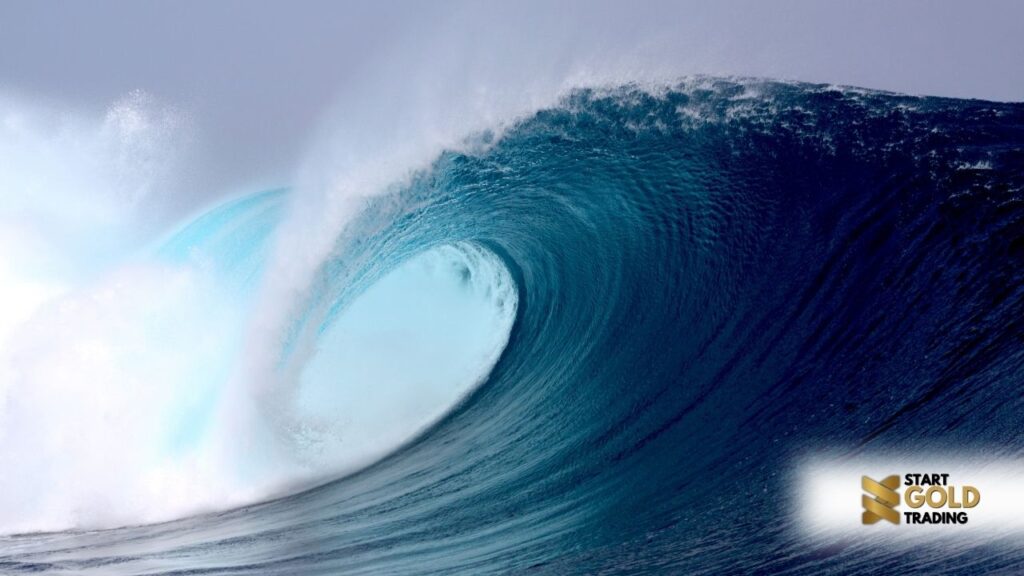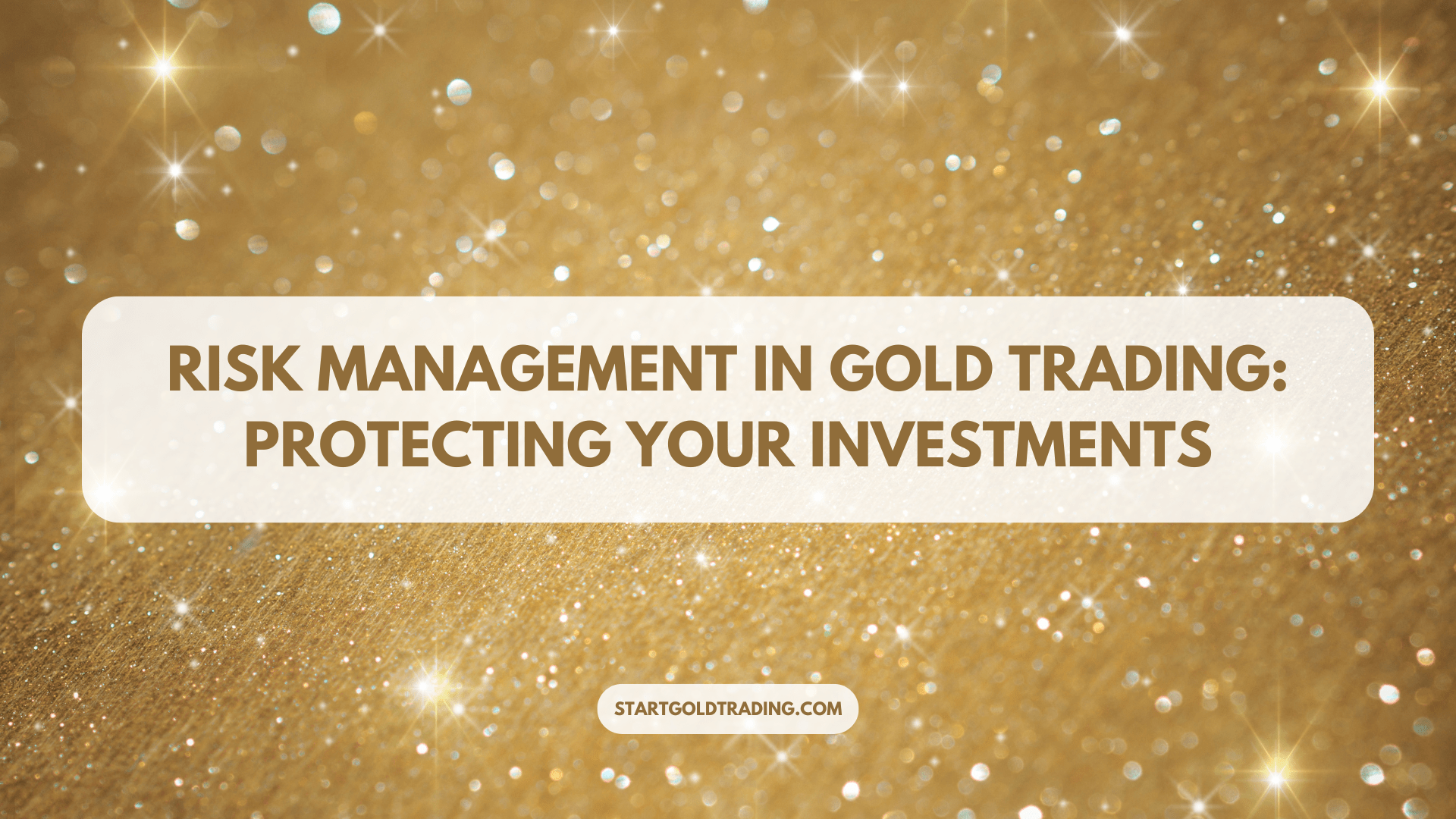Navigating the world of gold trading through Contracts for Difference (CFDs) can be exhilarating, like sailing on the open sea. However, just as a seasoned sailor must understand how to manage the risks of the ocean, a trader must master the art of risk management to protect their investments. This article is designed to simplify risk management for beginners and teenagers interested in trading, offering practical advice and clear examples to safeguard your gold trading journey.

Key Principles of Risk Management
Risk management in trading is akin to wearing a life jacket when you’re out on the water. It might not be glamorous, but it’s essential for your safety. Here are the fundamental principles every trader should follow:
- Understand Your Risk Tolerance: This is about knowing how rough seas you can handle before feeling seasick. In trading terms, it’s about understanding how much money you’re comfortable risking on each trade relative to your total investment capital.
- Limit Your Exposure: Never put all your eggs in one basket. Diversifying your trading positions can help reduce risk. This could mean trading different commodities or assets, not just gold, to balance potential losses.
- Know the Market Conditions: Just as a sailor checks the weather before heading out, a trader should understand the market conditions. This includes analyzing market trends and economic indicators that affect gold prices.
How to Calculate Trade Size and Manage Investment Risks
Calculating the right trade size is crucial and should be based on your capital and risk tolerance. Here’s a simple way to think about it:
- Fixed Percentage Method: Just like you might only invest a small part of your savings in a new business, consider risking a small fixed percentage of your capital on each trade. A common approach is to risk 1-2% of your account on a single trade. For example, if you have $10,000 in your trading account, a 1% risk means you would not lose more than $100 on a single trade.
Techniques for Effective Stop Loss and Take Profit Settings
Stop losses and take profits are like the buoys that mark the safe swimming area at the beach. They define the limits of your trade, protecting you from going too deep into losses or missing out on profits.
- Stop Loss Settings: A stop loss order automatically closes your trade at a predetermined price level if the market moves against you. It’s your safety net. To set an effective stop loss, look at the volatility of gold and set it beyond the daily average movement to avoid being stopped out too early.
- Take Profit Settings: Conversely, a take profit order will close your trade when the price reaches a level where you make a satisfactory profit. Setting this involves understanding potential market peaks and your profit goals.
- Risk-Reward Ratio: This is like balancing the scales. A common ratio is 1:3, meaning for every dollar risked, you aim to make three. If your stop loss is set to a $100 loss, then your take profit should aim for a $300 gain.
Conclusion
Effective risk management in gold CFD trading is all about preparation and setting boundaries. By understanding and implementing these principles and techniques, you protect your investment while positioning yourself to navigate the markets confidently. Like any skilled endeavor, mastering these strategies requires practice and dedication, so continue learning and refining your approach to become a proficient gold trader.

